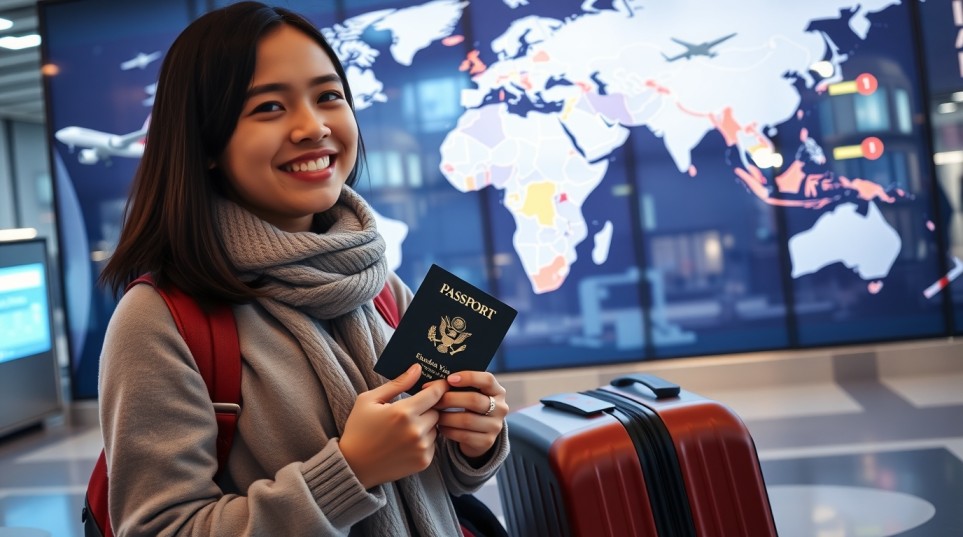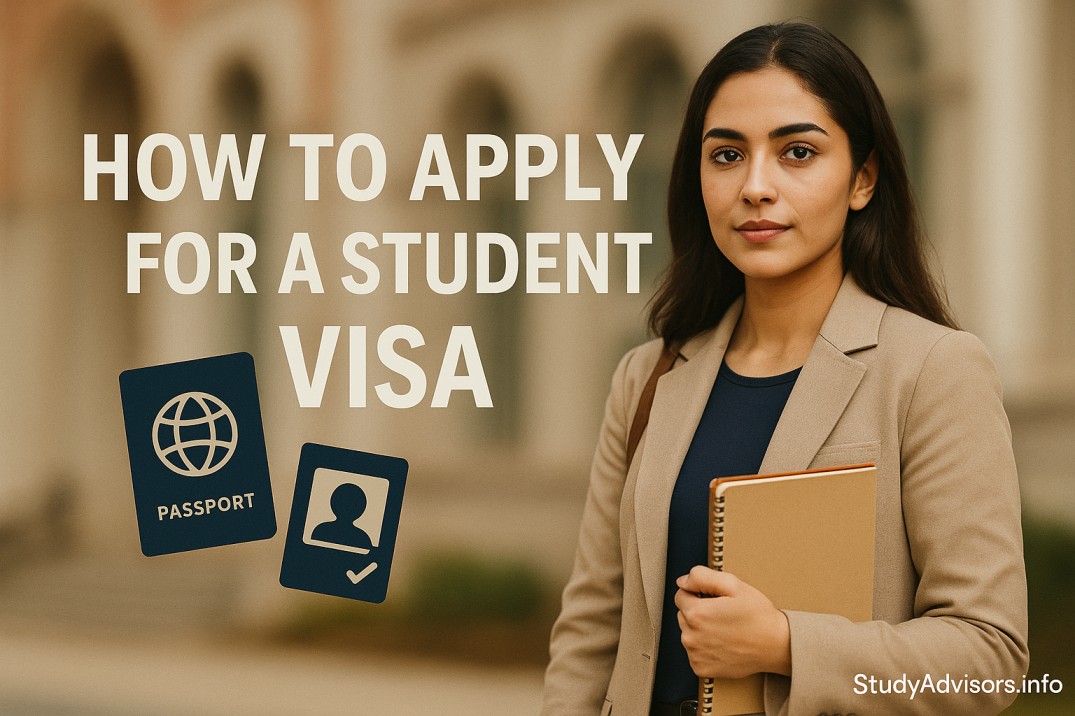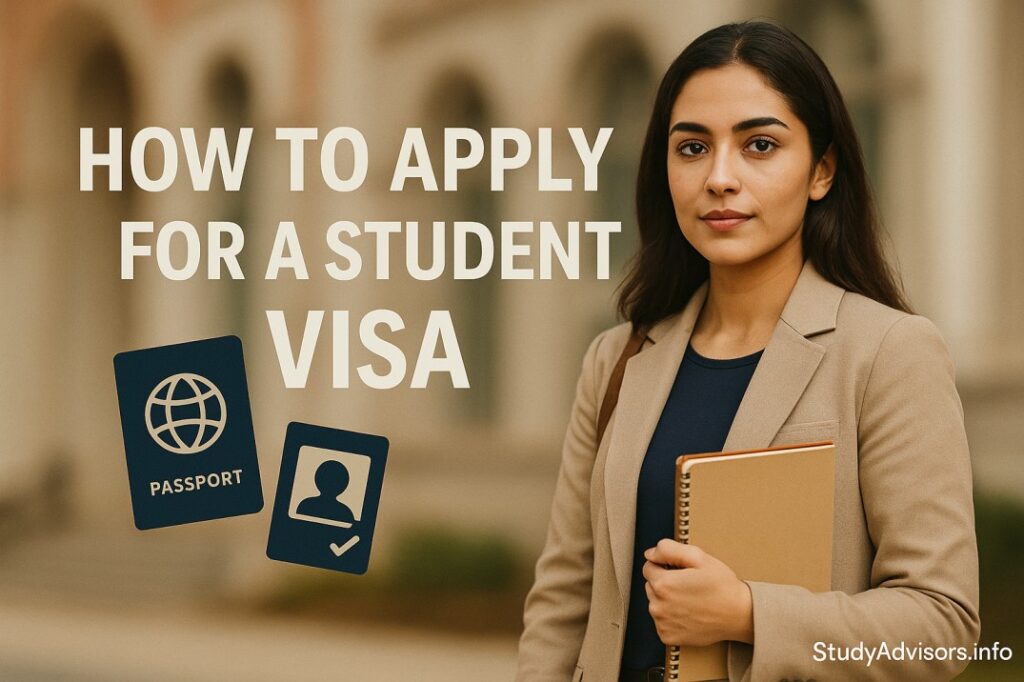Why Scholarships Can Make or Break Your Study Abroad Dream
Let’s face it — studying abroad is exciting, but it’s also expensive. Tuition fees, rent, food, transport, insurance… by the time you add it up, it feels impossible for most families. That’s why scholarships are such a big deal. They don’t just reduce costs — they turn dreams into reality.
And here’s the thing: too many students rule themselves out. They think scholarships are only for “brilliant toppers with perfect grades.” I’ve seen this happen again and again. But honestly? That’s a myth. Many scholarships look at leadership, extracurriculars, or even financial background. I had a friend who wasn’t top of his class, but he got funding for a master’s in Canada just because of his volunteer work.
So, if 2025 is your year, let’s walk through 10 scholarships that every international student should know about.
1. Fulbright Foreign Student Program (USA)
This one’s legendary. Fulbright covers tuition, flights, living expenses, even health insurance. It’s not just money — it’s a door to a global network of professionals.
???? Example: A senior from my college went to the U.S. on a Fulbright scholarship. Today, he works in policy research and constantly says the connections he made through Fulbright were as valuable as the degree itself.
2. Chevening Scholarships (UK)
Chevening is the UK government’s way of building global leaders. They want people with vision, not just grades. If you’ve led a club, organized a project, or contributed to your community, highlight that.
- Covers: Tuition, flights, and monthly stipend.
- Key requirement: At least 2 years of work or leadership experience.
3. DAAD Scholarships (Germany)
Germany is already super affordable, but DAAD takes it a step further. It funds living costs, tuition (if any), and health insurance.
???? If you’re into engineering, STEM, or research-heavy fields, DAAD is almost a no-brainer.

4. Erasmus Mundus Joint Master’s (Europe)
Want the best of Europe? Erasmus lets you study in two or more countries under one program. You’ll move around, experience different cultures, and graduate with a degree recognized across Europe.
Imagine this: one semester in France, another in Italy, and your final project in the Netherlands — all funded. Not bad, right?
5. Australia Awards Scholarships (Australia)
Backed by the Australian government, these scholarships are for students from Asia, Africa, and the Pacific.
- Covers: Tuition, flights, living allowance, and health cover.
- Why it’s unique: They expect you to return home after your studies and apply your skills.
6. Vanier Canada Graduate Scholarships (Canada)
For PhD students, this one’s huge. It offers \$50,000 per year for three years.
???? Canada is investing heavily in research, and this is their way of pulling in international talent.
7. Eiffel Excellence Scholarship (France)
Aimed at master’s and PhD students, Eiffel provides a monthly allowance, travel, and insurance. While it doesn’t cover full tuition, France’s public universities are already low-cost, so this fills the gap nicely.
8. Swiss Government Excellence Scholarships (Switzerland)
If research is your thing, Switzerland has you covered. These scholarships support postgraduate students and researchers.
???? Think fields like hospitality, finance, life sciences, and engineering — all strong areas in Swiss universities.
9. MEXT Scholarship (Japan)
Japan’s MEXT scholarship is underrated but powerful. It covers tuition, airfare, and a monthly stipend for undergrad, master’s, and PhD students.
I know a student who went to Tokyo on MEXT. Not only did he study computer science, but he also came back fluent in Japanese — with a job offer from Sony.
10. Joint Japan/World Bank Graduate Scholarship
This program supports students from developing countries studying development-related fields like economics, education, or public health.
???? It’s more than money — it’s about building leaders who’ll go back and create impact at home.

How to Improve Your Chances
Alright, here’s some straight talk. Scholarships are competitive, no doubt. But you can increase your odds:
- Start early: Deadlines are usually 8–12 months before intake.
- Tell your story: Make your SOP personal, not generic. Why do you deserve this?
- Pick strong recommenders: LORs matter. Ask professors or employers who actually know you.
- Don’t self-reject: Even if you think you’re not good enough, apply anyway. I’ve seen “average” students win life-changing scholarships.
Frequently Asked Questions (FAQs)
Q1. Do scholarships cover living costs as well as tuition? Some do (like Fulbright, Chevening). Others only cover tuition. Always check the details.
Q2. Can I apply for more than one scholarship? Absolutely. In fact, you should. Just stay organized with deadlines.
Q3. How competitive are these scholarships? Very — but remember, thousands of students win them every year. Someone has to be selected. Why not you?
Q4. Do all scholarships require work experience? No. Some, like Chevening, do. Others (like DAAD or Erasmus) don’t.
Q5. What’s the biggest mistake students make? Waiting too long. By the time many students apply, deadlines are gone.
Conclusion: Your Scholarship Journey in 2025
Here’s the truth: scholarships aren’t just for a lucky few. They’re for students who dare to apply, prepare early, and tell their stories well.
I’ve seen lives turn around because of one scholarship letter. One email. One “Congratulations” that made everything possible.
So, if you’re serious about studying abroad in 2025, start now. Research these scholarships, talk to alumni, polish your SOP, and apply with confidence.
Because who knows? The next success story could be yours. ????✈️









